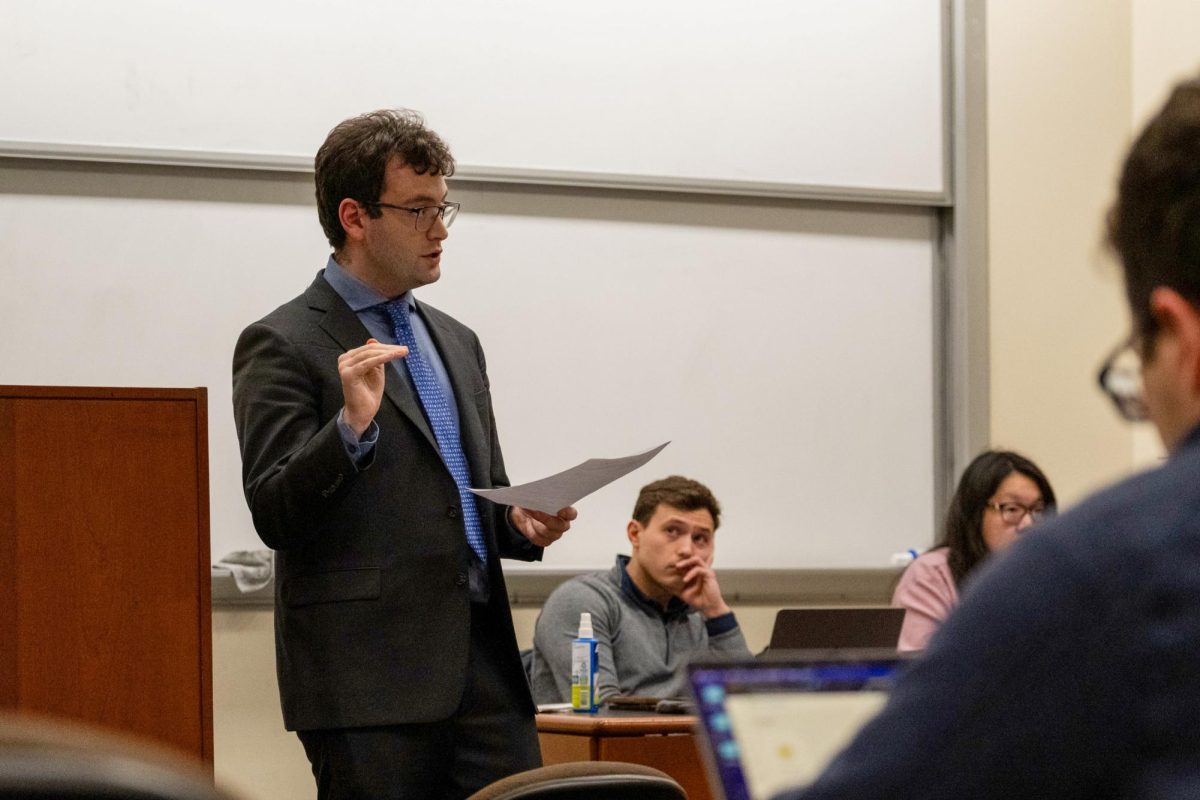GW had the twelfth highest number of reported rapes in 2014 at 23, according to an analysis of more than 1,300 colleges by the Washington Post. But when those reported rapes are broken down to rapes per 1,000 students at an institution, GW’s rate is about .9 reported rapes per 1,000 students – higher than many others on the list, but lower than about 230 other colleges and universities.
That rate matches 33 other institutions, including American University. The information comes from data colleges are required to report under the federal Clery Act and covers only reports on main campuses, not on satellite campuses. The data also does not include reports made to entities outside of the colleges, like D.C.’s Metropolitan Police Department and other police.
GW has the most reported rapes out of the D.C. area colleges, followed by Gallaudet, Georgetown and American universities all with 12 reported rapes in 2014. Howard University had six reported rapes and Catholic University had five reported rapes. The University of the District of Columbia reported no rapes.
In terms of reported rapes per 1,000 students, GW and American University are lower than Gallaudet University, which has 8.9 reported rapes per 1,000 students. Georgetown and Catholic universities both had 0.7 reported rapes per 1,000 students and Howard University had 0.6 reported rapes per 1,000 students.
In the past, officials and experts have said that a higher rate of reporting sexual abuse on campus is likely caused by more accessible campus resources and a changing culture that supports survivors seeking assistance.
Last year an alumnus sued the University for mishandling her allegations of sexual harassment and violating Title IX.
In 2011, the University changed its sexual assault policy, distinguishing the discipline protocol for sexual assault offenders from those who committed other prohibited acts of violence. Officials created new rules for dealing with sexual assault on campus, and reassessed the responsibilities of the Title IX coordinator.




